Tiger Salamanders are tied with Giant Salamanders for the record on the largest terrestrial salamander species, reaching lengths of up to 14 inches. They can be found in the woodland areas throughout most of North America, from northern regions of Mexico to the southern regions of Canada. Their color patterns may vary with specific species, but most are dark brown in color with lighter marking that can range from a muted grey to a bright yellow. As a burrowing species, Tiger Salamanders are rarely seen out in the open. They prefer to spend most of their time about two feet under the surface. These voracious predators consume a variety of insects, slugs, and earthworms. Like many other amphibians, Tiger Salamanders will eat their skin after shedding. Tiger Salamanders reach sexual maturity after the first year. Females tend to have a more rounded figure. Males tend to have a slimmer build with flat tales. Their cloaca may appear swollen compared to the females. The Tiger Salamander is considered the State Amphibian of both Colorado and Kansas. In many places it is illegal to sell adult specimens to discourage the pet trade from taking specimens from the wild. The state of Colorado also has limitations on which species can be possessed in captivity. Quick Overview
Tiger Salamanders are popular as pets due to their simple care requirements. A 10 gallon tank is large enough to keep one individual. Multiple salamanders can be housed together, but they should be similar in size and feeding should be monitored to make sure that each individual gets enough to eat. Some salamanders may appreciate a shallow water dish, but they do not require one as they absorb moisture through their skin from the substrate. They appreciate areas to hide such as a log or a fake plant, but most will burrow in the substrate. Live plants that are not toxic can also be used in the enclosure with the understanding that the salamander may occasionally dig up the plant. They do not require additional heating or UVB lighting as long as the enclosure is in an area that is room temperature. At Ferrets and Friends, LLC our Tiger Salamanders are fed two to three times per week. They each eat about three to five crickets per feeding, depending on their appearance. Tiger Salamanders will become obese if they are overfed. Animal Care Cost Example (2017 Prices): Set Up
Animal Care Cost Example (2017 Prices): Annual Cost
2 Comments
Bearded Dragons can make excellent pets for those who want a lizard that can be handled, but also have enough space for larger tank or enclosure. So your child has expressed interested in a scaley friend or perhaps you are hoping to get into the reptile hobby yourself! Undoubtedly, you've heard someone mention "bearded dragons" as a good beginner pet. While they are very common in the pet trade, they have their own pros and cons. One of the difficult aspects of the reptile-keeping hobby is maintaining the right environment for your pet. This is typically measured in terms of temperature and humidity. For example, an animal that is native to the rainforest would need to have that environment mimicked in its enclosure in captivity. For most people, recreating a rainforest inside their own home can present a daunting challenge. Since Bearded Dragons are native to the woodlands and deserts of Australia, new owners can focus on getting the correct temperatures for their pet without the added complication of higher humidity requirements. Additionally, Bearded Dragons have a naturally more docile temperament. Active youngsters can become calm and mellow adults with regular handling. All young lizards will tend to be flighty, but hatchling bearded dragons are relatively calmer compared to young water dragons or iguanas. At a typical pet store, baby bearded dragons will be easier for a novice to handle than baby leopard geckos. However, leopard geckos may make better pets for those who want an animal that has less demanding space requirements or those who tend not to be home during the day. You may have seen the cute baby lizards that look like the picture on the left. These pictures are of the same lizard! Most will reach adult size within the first year.A Bearded Dragon's size can be a pro or a con depending on what someone is looking for in their pet. On one hand, their size makes them a more interactive pet. It's much easier to supervise a free roaming adult bearded dragon when they are easier to catch and cannot fit into impossibly small spaces like an anole or a gecko. They also are not as large as other lizards such as tegus and iguanas that could easily cause harm to people or other pets. Of course, these medium-sized lizards will need larger enclosures than other typical beginner species (such as the leopard gecko mentioned earlier). An enclosure that is four feet by two feet might be a good home for a bearded dragon that is also allowed time out of its enclosure for exercise. This is not the type of habitat that can be easily fit on top of a bookcase and blend in with the room's decor. While it is common practice to keep bearded dragons in a 40 gallon glass tank, this might not work for every lizard. Some will be too large or active and others may be stressed by their own reflection. Bigger lizards also mean bigger appetites! Baby bearded dragons can certainly run up a feeding tab. Most of their diet will consist of crickets, mealworms, and roaches. As they get older, they may show more of an interest in fruits, carrots, and other leafy green vegetables. It's not uncommon for a baby bearded dragon to eat $20-$40 worth of food in one week! They will need to be fed daily and will need their meals to be dusted with calcium (with D3) to support their bone growth. Adult bearded dragons may only need to eat every few days, but you can still expect to spend about $5-$10 per week on food. Bearded Dragons are diurnal which means that they are only active during the day. It is best to feed them after they have had a chance to warm up in the morning, but not too late in the day that their bodies will not have the heat necessary to digest their food. Food that is not consumed should be removed. People who have busy schedules during daylight hours may find it difficult to find a good feeding time for their lizard. A Bearded Dragon may be a great addition to your home, but make sure to do your research first! These lizards typically live 10-15 years, so they are no minor commitment. It is not uncommon for owners to become "bored" with their pet. Never release a pet into your surrounding environment. Not only is this harmful for your pet, but it can also be harmful for the local ecosystem. There are many methods for re-homing or surrendering a pet that is no longer wanted. Please research these options for your area. If you are considering a new reptile pet, make sure that you have the physical and financial resources to care for your new friend. As exciting as it may be to see a baby grow into an adult, consider contacting your local reptile rescue to find out if they have any bearded dragons that are up for adoption.
Pet lizards have become more popular in recent years and the Bearded Dragon may have had a significant contribution to this rise in popularity. Their unique appearance and calm temperament make for great handeable pets as long as they have owners that are willing to meet the requirements for their care. Last month one of our bloggers had the chance to travel to Vancouver, British Columbia in Canada for the Children & Nature Network Annual Conference & International Summit. There were oodles of panels and “walkshops” teaching educators, administrators, and other environmentally-focused people best practices for leading classes to students of all ages. There were even classes with doctors discussing the benefits of time in nature on a person’s physical and mental health. The biggest focus was how to get the whole family outside and interacting with nature. The plan was to achieve this through running Family Nature Clubs, which are exactly what they sound like: kids and adults, from babies through senior citizens, enjoying time learning about nature and playing in it with other families in their community. Lots of organizations run these, but they can also be totally informal and run by its own members. We heard from speakers who run these clubs all over the world, including in the United States. There are tons of resources online, especially through the Children & Nature Network where these clubs were first coined. (Scroll down for the “Nature Club Toolkit for Families” in English and several other languages). What was really surprising was that there is even an app for parents of 0-3 year olds to help them have nature activity time! This app, GROW With Nature Play, is a parenting tool which lists hundreds of nature activities, organized by age appropriateness, which parents can use after they’ve gone home and put their child to rest for a nap, to track what they’ve done that day. Activities can be as simple as looking at a bird flying by! The Grow With Nature Play app was created by an Austialian father who wanted to be sure his kids were experiencing nature and family time daily from the start of their lives. The ideas didn’t stop there. We talked about how to make activities fun and educational for families with mixed ages-- trying to get a 6 year old and a 16 year old enjoying the same things can be scary even for seasoned teachers! As much as kids may act like they don’t want to be with the family, they overall enjoy hanging out with their siblings and don’t like to be divided by age, so partner them together. We learned a really important tip that sometimes adults forget: teenagers like to know they’re trusted, as they’re trying to come into their own as indivuals and young adults, so give them some responsibility, like watching the kids or guarding the first aid kit. When it comes to activities that kids of different ages just can’t physically do or understand in the same way, find ways to work around it. For example, nature photography is a great way to get everyone exploring. Preteens and up like to get creative with their camera angles and lighting or finding something really challenging to take a picture of, while for littles they just want to play I Spy. Both are alright! You can even make a scavenger hunt or activity sheet for each age range: for the youngest, instead of writing the words, use drawings, like of a flower or leaf, to tell them what to look for. A few more activities that kids of all ages can enjoy:
As one speaker said, “They don’t need to understand the biology to develop the wonder.” People of all ages just love spending time with animals and nature! If you try any of these activities with your family (or find a new one), let us know how it went! Later this year we’ll let you know too. Kids have great eyes to spot well-camouflaged creatures like this Northwestern Mole Salamander (be sure to always use clean hands devoid of chemicals or oils before handling any amphibian, their fragile skin absorbs everything!) AuthorSarah is a conservation educator and trained zookeeper currently working at an AZA (Association of Zoos and Aquariums) accredited zoo in New Jersey while also starting a freelance nature program in Jersey City. Her education specialties include urban environmental programming and access, while her keeping specialties are focused on small mammals, arthropods, and birds of prey. |
About the blogFerrets and Friends, LLC has four writers bringing you information on a variety of topics from pets to wildlife, education to conservation, and from new developments in our business to information about our industry. Learn something new each week! Archives
August 2020
Categories
All
|
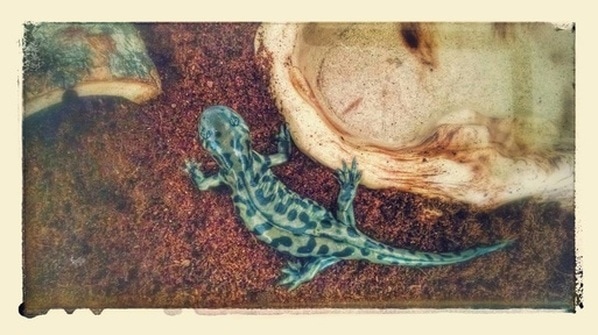
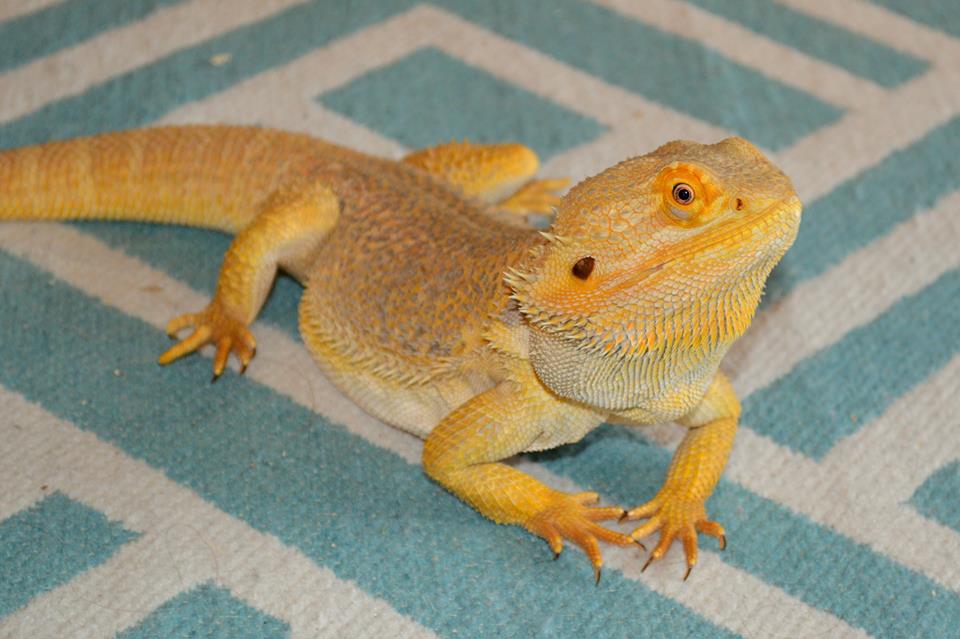
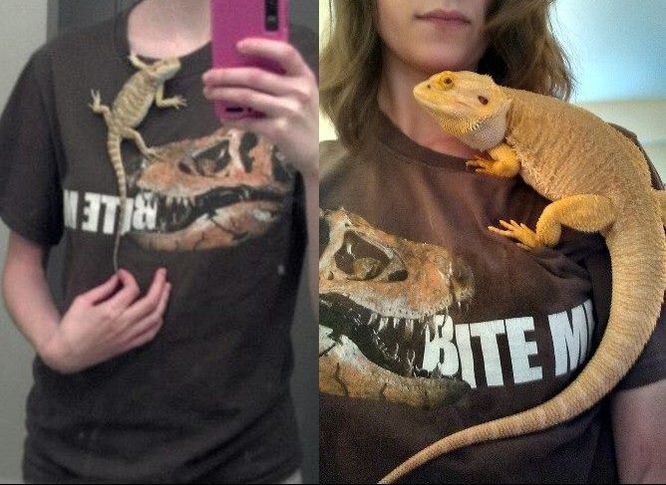
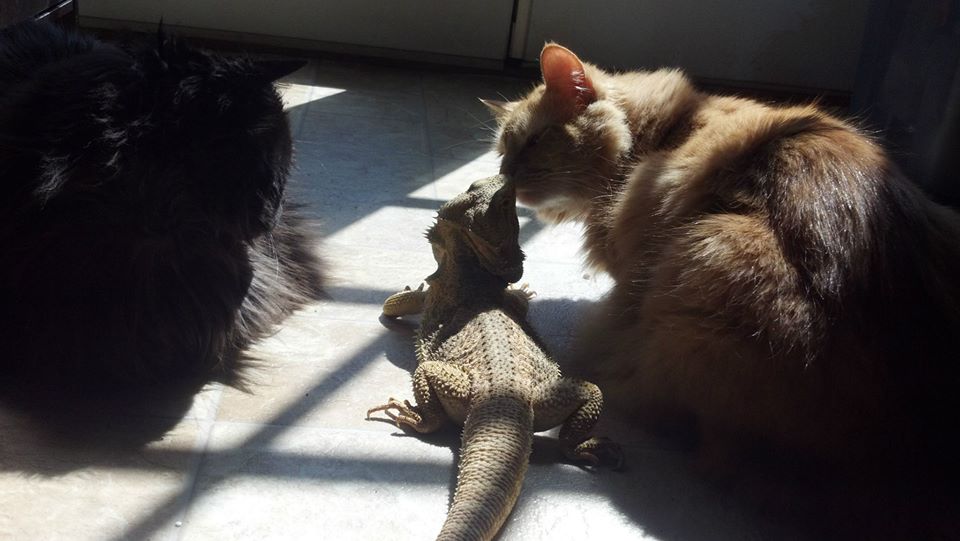


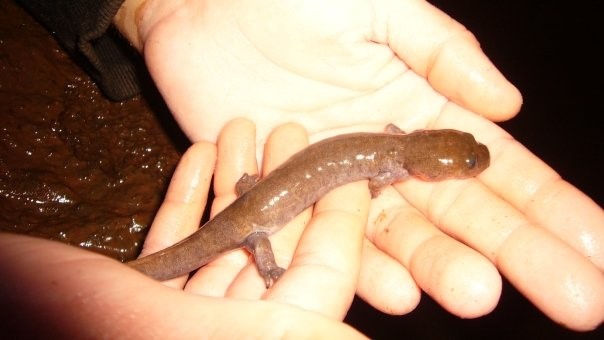
 RSS Feed
RSS Feed